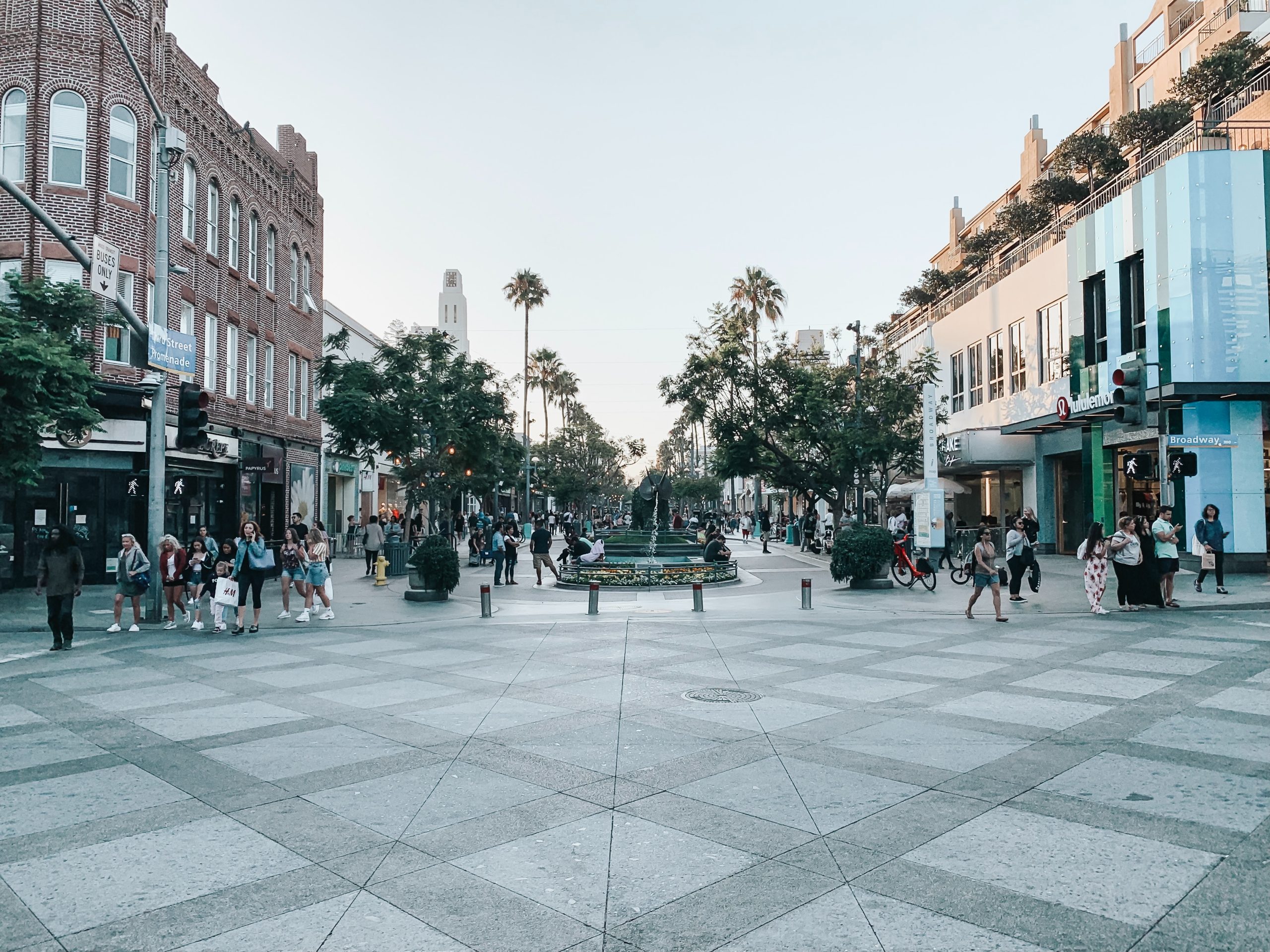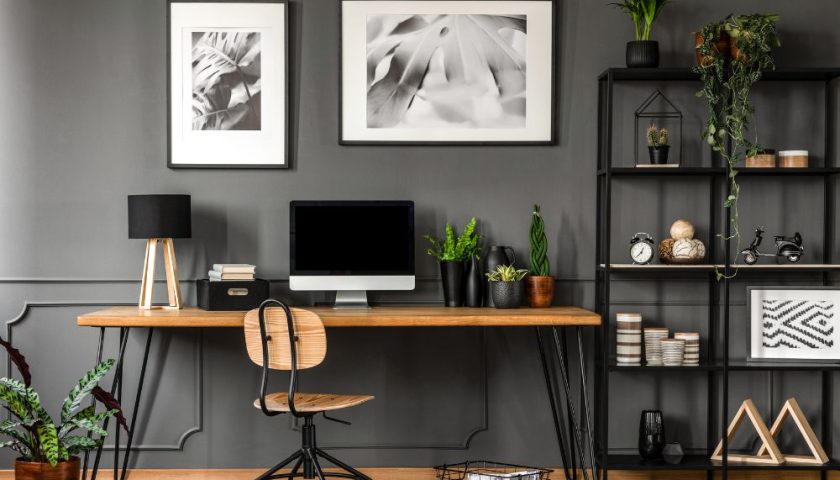If you’re dining at restaurants or ordering cocktails to go, you’re in luck. The City of Santa Monica regularly amended local ordinances to allow these and other pandemic-era zoning changes to remain in place for longer.
The move comes days after the city sparked an uproar earlier this month after businesses were told they must start implementing new, permanent parklet programs (complete with fees and licensing requirements) or close their profitable outdoor locations. In response, about 70 businesses have chosen to begin the process of converting temporary parks to permanent ones.
The changes to parklet laws and other zoning laws represent a citywide push for zoning changes that would allow parklets and other pandemic-era business laws to remain permanent. That means many of the temporary changes that were hastily enacted in the early days of Covid-19 will be allowed to stay, including relaxed alcohol service rules and parking requirements, the removal of off-the-block restaurant hoods on Main Street, and the multi-use eateries along the Third Street Promenade. And so on.
According to a city spokeswoman, the changes are “designed to support the goals of creating a more active experience by increasing the flexibility of nightlife, entertainment and multiple uses.”
Not all code changes are as shiny as allowing cocktails to go on menus, but city staff said they hope the changes will support businesses as they continue to bounce back from the fallout from the Covid-19 pandemic.
One example is the use of a one-year waiver period for a legal, nonconforming restaurant or retailer. Say you want to open a sushi restaurant in a storefront that had a closed sushi restaurant six months ago – you can open a store there with little trouble. However, under the previous rules, if it was a year or more, you would need to start from scratch with a long list of permits before you were allowed to open, and if you requested any variances, there could be a public hearing, such as lower parking lots.
The new rules wipe out the one-year limit.
“This would eliminate the one-year relinquishment period currently in the code and allow such uses and businesses to reoccupy the same tenant space, no matter how long, as long as no other use is occupied by the vacant space beginning with the restaurant or retail,” Associate Planner Steve Mizokami spoke at the Santa Monica City Council meeting on Tuesday, October 11. “So, basically, this eliminates the need for new land use rights or parking requirements for the same uses as before.
On the topic of parking, another citywide ordinance change would “increase the single-use parking easement from 3 to 10 spaces,” meaning if you rent a space with a permit for four parking spaces, but your new business needs nine to meet code. “Change of use” requires less than 10 additional spaces, so the city still allows you to open them. Outdoor lots are also exempt from parking calculations for change of use.
The reduced restrictions on restaurant size include the conditional use of multi-tenant food halls and the right-of-way use of restaurants up to 5,000 square feet. Regulations now allow restaurants to operate on the promenade and light industry.
Hours of service regarding alcohol regulations have been extended, now from 8 am to 2 am in the city seven days a week; Bans on televisions and video projectors have been lifted and restrictions on alcohol sales at 35 percent of gross revenue have been lifted. Alcohol delivery and pickup is now permanently regulated on a city-wide basis.
emily@smdp.com





